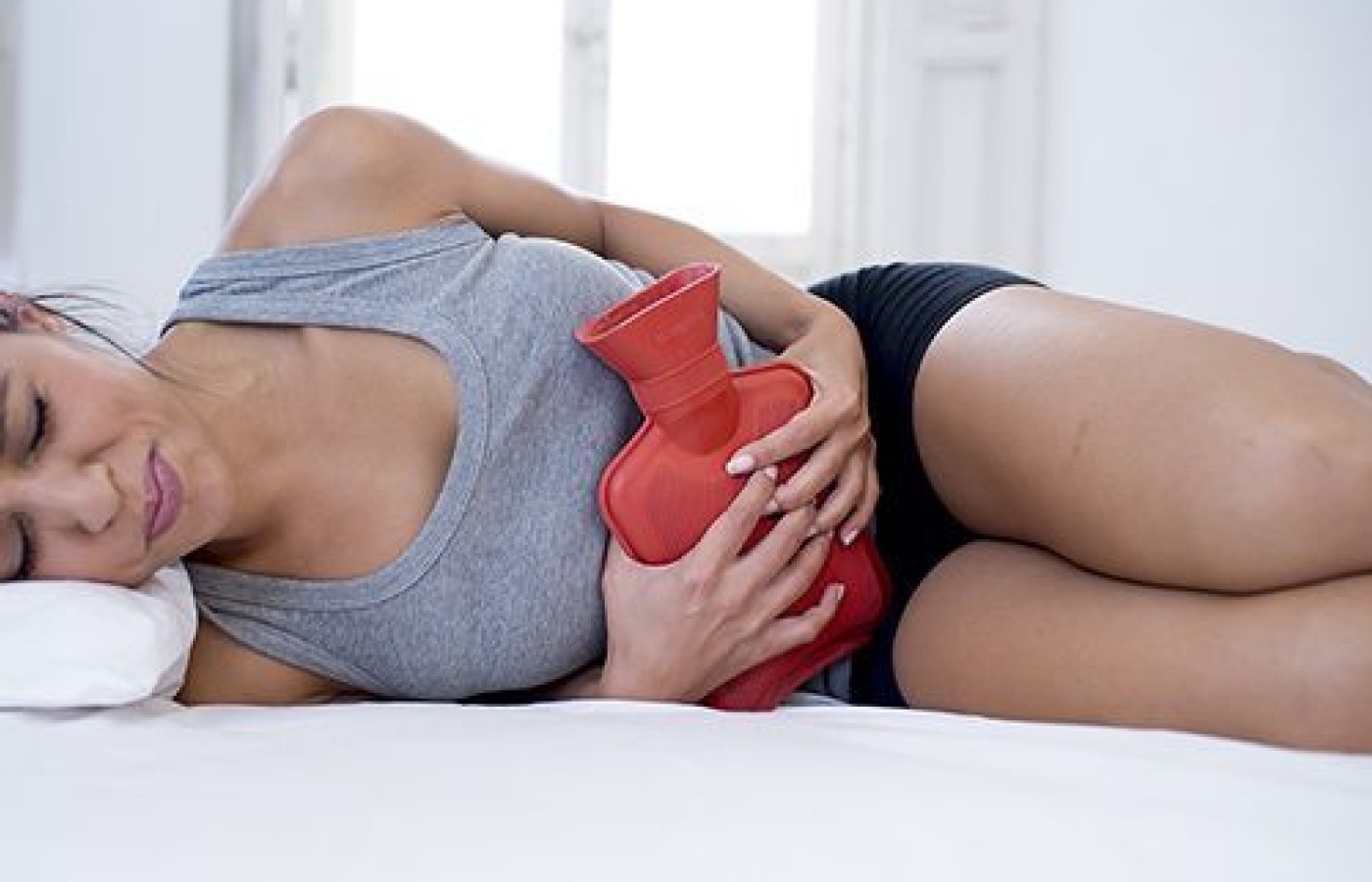Whether you accept it, avoid it or live somewhere in between, insurance coverage has become a defining issue for our profession. Patients increasingly expect to use their benefits, practitioners want to be compensated fairly for their time and expertise, and the system itself remains – at best – fragmented. The encouraging news is that coverage has expanded in meaningful ways. The challenging news is that reimbursement, across the board, remains inadequate.
Women's Hormones: A Guide to the Cycle & Infertility (Part 1)
A widespread problem in women caused by hormonal imbalance is infertility; with nearly six million couples in America alone being afflicted by it. In approximately 60 percent of the cases, the infertility can be attributed to the female partner, whereas the rest (40 percent) are because of unhealthy male partners.
Phases of the Menstrual Cycle
There are a number of factors in women that might influence their ability to become pregnant such as ovulatory dysfunction, endometriosis, blockage in fallopian tubes, Chlamydia, uterine fibroids, hormonal imbalance, pelvic diseases, psychological stress and age.
Traditional Chinese medicine states that by regulating the menstrual cycle infertility in women can be treated successfully. The healthy menstrual cycle of a woman can be divided into five different phases.
Phase One
The first phase of the menstrual cycle, known as the follicular phase is governed by the Yin energy and involves the energies of the Kidney and the blood. It is also known as the hypothermal or proliferative phase that marks the beginning of a new menstrual cycle.
The Yin hormone (estrogen) stimulates the uterus to prepare for the growth of an embryo within it. The ovaries select a healthy follicle for the egg that will be nurtured for growth. The uterine line comprising of the Yin blood, is then developed until it reaches a thickness of about 8 to 10 mm.

The TCM treatment involves stimulation and optimization of the phase one energies by nourishing the blood with supplements of the Kidney Yin. The phase one will last somewhere between the first 12 to 15 days of the menstrual cycle.
However, for achieving maximum chances of conceiving, the follicular phase must last for a minimum of 10 days, and should not last more than 17 days. A short follicular phase would imply that there is either an excessive (high level of Yang) or inadequate amount of heat (shortage of Yin) within the body.
It would also mean that both the uterine lining and the egg have insufficient time to develop and prepare for a healthy fertilization. On the flip side, if the follicular phase is too long, it would imply that the estrogen production is inadequate within the body, and it will directly affect the health of the egg and also lead to a delay in ovulation.
A prolonged follicular phase may be a result of inadequate production of the Kidney Yin, which is otherwise accountable for transforming the Yin energies into Yang. The phase one might also be extended if there is insufficient Spleen Qi or Kidney Yang present in the body to trigger the transformation.
Recommended Treatment
When the basal body temperature (BBT) recorded during the follicular phase is higher than typical, it might be indicative of excessive heat production due to a deficiency of the Kidney Yin. In such cases, our treatment aims at trying to prolong the phase one by cutting back on the excess heat and stimulating the Kidney Yin.
This in turn enhances the release of estrogen in the body and lowers the follicle stimulating hormone (FSH). On the other hand, a lower level of BBT will indicate a deficiency of Kidney Yang, which can be treated by nourishing the Blood and Yin to promote the transformation of the Yang.
Phase Two
The second phase of the menstrual cycle marks the beginning of the process of ovulation, which is regulated by the Blood and Liver Qi. Most women think that ovulation is an event that takes place in a day. However, this is largely a misconception considering that ovulation is an ongoing process that begins towards the end of the follicular phase.
The end of the phase one coincides with a number of bodily changes such as a dip in the temperatures, due to the peaking of the Yin estrogen in the blood stream; a conversion of the Yin into Yang of progesterone stimulated by the Liver Qi; and the release of the Gonadotropin-releasing hormone (GnRH) that triggers the production of luteinizing hormones in the pituitary gland.
The follicle in the ovary reaches a size of nearly 20mm diameter and bursts to release the egg into the abdominal cavity. The fimbriae of the fallopian tube become activated and sweep off the egg in the path of the uterus for future fertilization.
Although, there is typically negligible cramping at this stage, it is advisable to refrain from using any pain killers such as Midol or Advil if you do experience some discomfort, as they might end up preventing the release of prostaglandin and the rupture of the follicle.
If your patient experiences any pain or bloating during the ovulation phase they could be suffering from Blood stasis or Liver Qi stagnation respectively. After the egg has been released by the ovaries, the cervix becomes firm and closes.
Next, the egg will move along the fallopian tubes and reach the uterus in search for a sperm that can fertilize it by penetration. The Yin produced during the follicular phase must be sufficient enough to transform into Yang in the ovulation phase.
In order to ensure a free circulation of both Blood and Qi during the ovulation phase, it is essential to resolve any issues that might arise in the first phase of the menstrual cycle.
Editor's Note: Phases three through five will appear in part two of this article in next month's issue.



